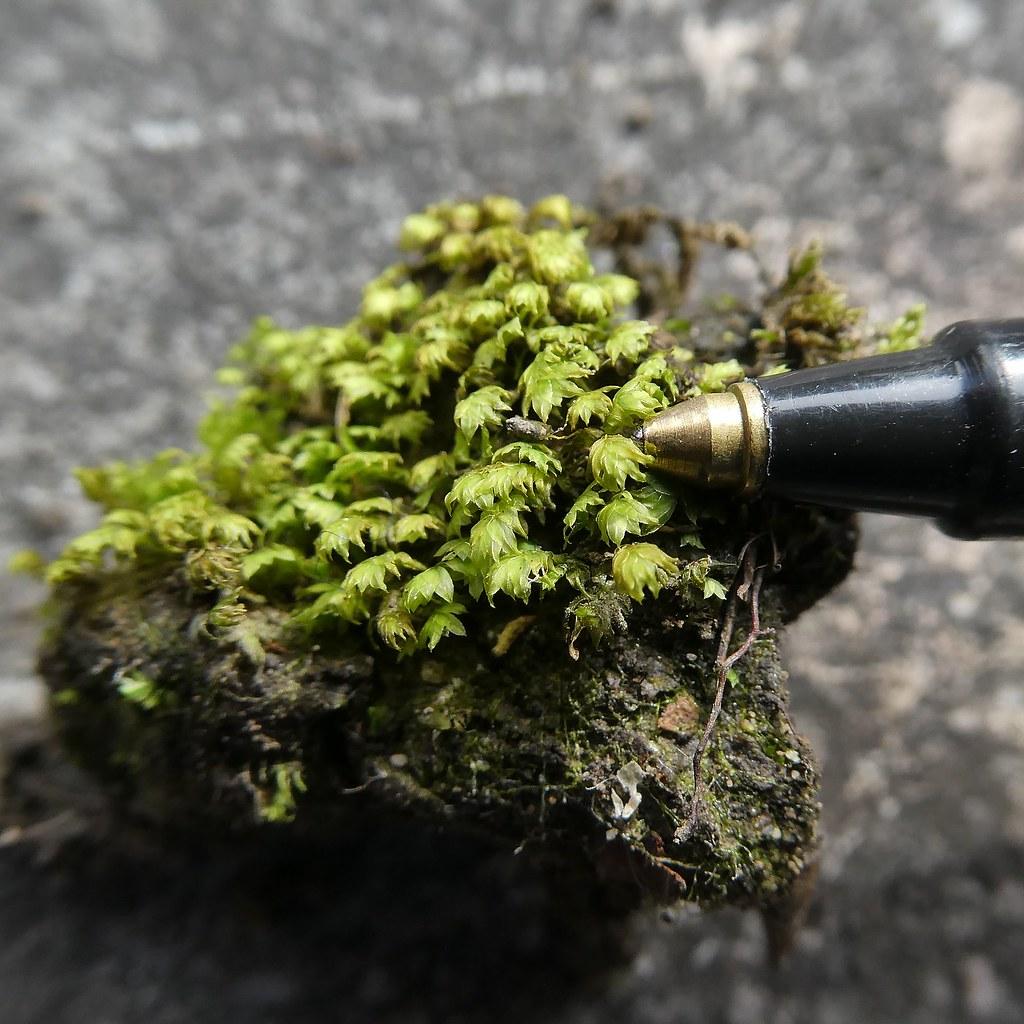
49819846508_e3010280d2_b.jpg from: https://www.flickr.com/photos/21657471@N04/49819846508/
Introduction
Welcome to the fascinating world of Fissidens Hedw., a genus of mosses belonging to the family Fissidentaceae. These unassuming yet remarkable plants have captured the hearts of bryologists and nature enthusiasts alike. In this blog post, we’ll delve into the intriguing details of Fissidens, exploring its unique characteristics, global distribution, and ecological significance.
Background
Before we dive into the specifics of Fissidens, let’s briefly touch on the broader context. Bryophytes, which include mosses, liverworts, and hornworts, are among the oldest and most primitive land plants on Earth. These resilient organisms have played a crucial role in the colonization of terrestrial environments, paving the way for the evolution of more complex plant life.
Main Content
Morphology and Identification

IMG_8942_1600x.jpg from: https://aquaticmotiv.com/products/fissidens-nobilis-moss-mat-fissidens-nobilis
Fissidens mosses are easily recognizable by their distinctive two-ranked arrangement of leaves, resembling tiny green feathers. This unique leaf arrangement is a result of the leaves being folded lengthwise, with the upper and lower halves facing in opposite directions. The leaves themselves are often lanceolate or lingulate in shape, with a prominent midrib running along their length.
Another defining feature of Fissidens is the presence of a fissident (split) leaf base, from which the genus derives its name. This split base is a diagnostic characteristic that sets Fissidens apart from other moss genera.
Global Distribution and Habitat
Fissidens species can be found on every continent, thriving in a wide range of habitats. They are particularly abundant in moist, shaded environments, such as forests, stream banks, and rocky outcrops. Some species are even adapted to survive in drier conditions, making them a versatile and resilient group of mosses.
Ecological Roles and Adaptations
Despite their diminutive size, Fissidens mosses play vital roles in their ecosystems. They contribute to soil formation, moisture retention, and nutrient cycling, creating microhabitats for other organisms to thrive. Additionally, many

fissidens-fontanus-phoenix-moss-4_2048x2048.jpg from: https://shrimperyandaquatics.com/collections/plants-moss/products/fissiden-moss
Fissidens species are known for their ability to tolerate desiccation, allowing them to survive in harsh environments.
One fascinating adaptation of Fissidens is their ability to reproduce both sexually and asexually. While sexual reproduction involves the production of spores, asexual reproduction occurs through the formation of specialized structures called gemmae, which can develop into new moss plants.
Case Studies/Examples
To illustrate the diversity and significance of Fissidens, let’s explore a few notable examples:
- Fissidens taxifolius: This widespread species is commonly found in moist, shaded areas and is known for its ability to colonize disturbed habitats, making it a valuable indicator of environmental change.
- Fissidens bryoides: This aquatic species is often found submerged in streams and rivers, playing a crucial role in maintaining water quality and providing habitat for aquatic organisms.
- Fissidens dubius: This species is notable for its tolerance to desiccation, allowing it to thrive in arid environments where other mosses struggle to survive.
Technical Table
| Species | Habitat | Distribution | Notable Features |
|---|---|---|---|
| Fissidens taxifolius | Moist, shaded areas | Widespread | Colonizes disturbed habitats |
| Fissidens bryoides | Aquatic environments | Streams, rivers | Maintains water quality |
| Fissidens dubius | Arid environments | Arid regions | Desiccation tolerant |
Conclusion
Fissidens mosses may be small, but their impact on our ecosystems is immense. From their unique morphology and adaptations to their vital ecological roles, these unassuming plants deserve our appreciation and admiration. As we continue to explore the wonders of the natural world, let us ponder this thought-provoking question: What other hidden gems lie within the realm of bryophytes, waiting to be discovered and celebrated?